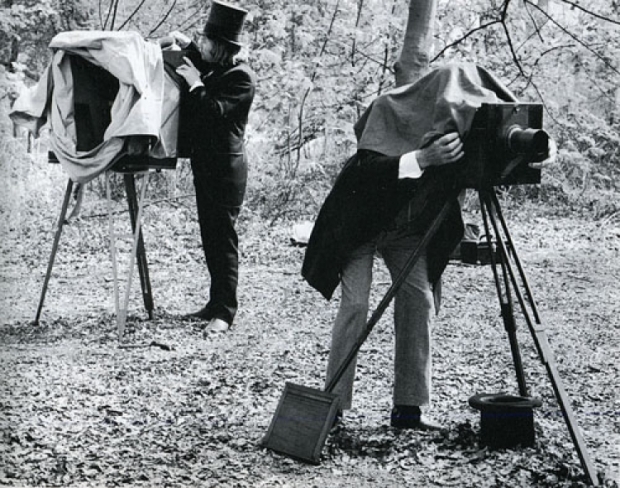According to Ars Technica the boffins at Google Brain have devised new software capable of making sense of tiny, pixelated images.
The technique involves combining two neural networks. The first maps the 8×8 source image against other high resolution images. It downsizes other high res images to 8×8 and tries to make a match. The second uses an implementation of PixelCNN to try and add realistic high resolution details to the 8×8 source image.
The prior network takes many high res real images. Then, when the source image is upscaled, it tries to add new pixels that match what it “knows” about that class of image.
A brown pixel towards the top of the image might be worked out as part of an eyebrow so, when the image is scaled up, it might fill in the gaps with an eyebrow-shapes.
The final super-resolution image mashes the two images together to create a plausible addition of new details.
It is not a true enhanced photo but is a collection of details from similar classes of photos. Humans apparently find it difficult to tell the difference.
Published in
News
Photo enhancement might be nearly with us
Along with jet packs, Godot and AMD Zen chips
Television cop shows have been able to enhance photos for years, despite the fact that technology does not exist.
Tagged under




